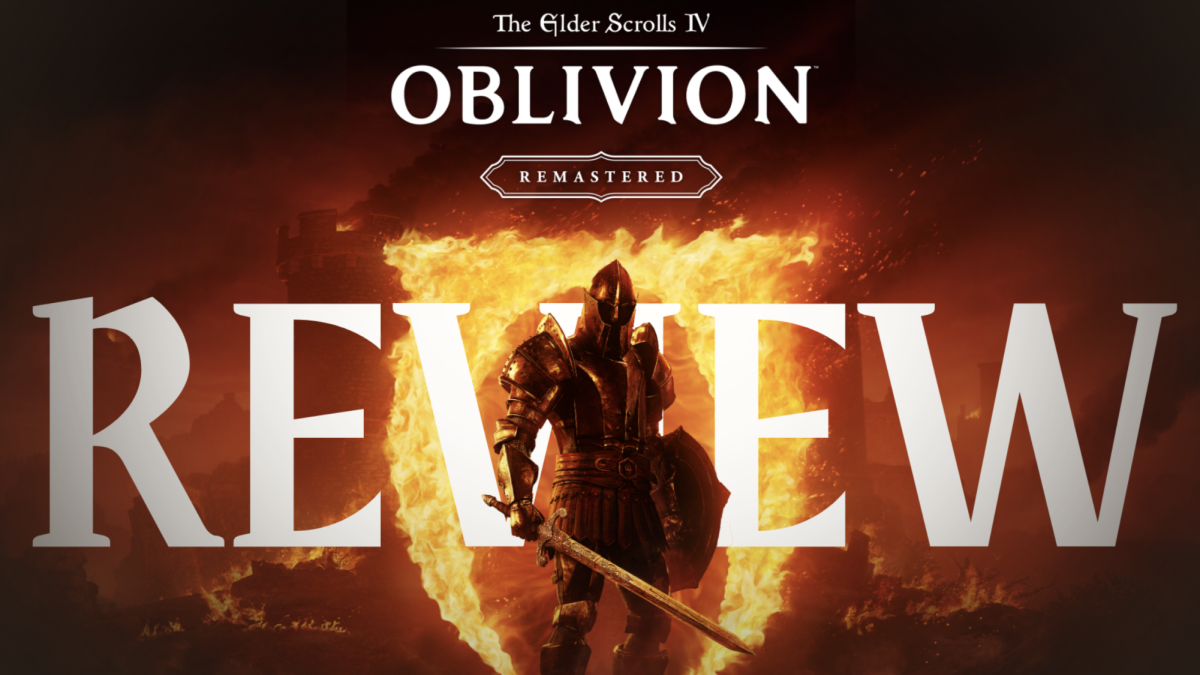Cowboy Culture: A Saga of Five Centuries
October 25, 2000
The term cowboy mostly brings to mind the gunslingers of the late 19th century, and events like the shootout at the OK Corral. But in David Dary?s Cowboy Culture, we get a glimpse of the real cowboys, beginning with Spanish vaqueros and ending with the closing of the open range.
Cowboy Culture begins with explanations about how the first horses and cattle arrived in the New World, although “first” is a relative term. Columbus is generally credited with bringing the animals in his second voyage, in 1494, when he offloaded 24 stallions and 10 mares along with an unknown number of cattle on the north coast of Hispaniola. Horses are believed to have roamed North America many thousands of years previous but became extinct during one of the ice ages.
Within a few years, cattle were being raised on many other islands in the Caribbean, with many going wild and becoming the targets of hunters, not herdsman.
About this same time, Indians began selling smoked cattle meat to passing ships, using wooden racks or frames called “bocanes,” from which the term boucanier sprang, later anglicized to buccaneer.
Cowboy Culture is neatly divided in sensible chronological chapters such as “The Spanish Roots, The Texian Culture, and Trail Herds to Railheads,” making it possible to take the book in easy reading doses. But to get the full effect, readers should start with page one and drive their way through or face losing critical details needed for understanding some issues.
Many myths are exploded in Cowboy Culture, including the popular notion that all cowboys even owned guns, let alone were proficient in their use, although by the 1880s, many cowboys (many of whom were not really in the cattle business) considered themselves undressed without a pistol on their hips.
While Dary doesn?t focus much on firearms, Cowboy Culture does offer glimpses of how influential the inventions of percussion rifles and revolvers were.
The first revolvers produced by Samuel Colt, Dary notes, were actually five shots ? not six ? and became the famous “Six Shooter” when Colonel Samuel Walker of the Texas Rangers asked Colt to make a heavier weapon.
Besides excellent writing, Dary also offers interesting illustrations and photos which show a life a lot rougher than that portrayed by television and film.
“Cowboy Culture: A Saga of Five Centuries,” can be found on the browsing shelf of the Sac State Library and is highly recommended.




























































































































